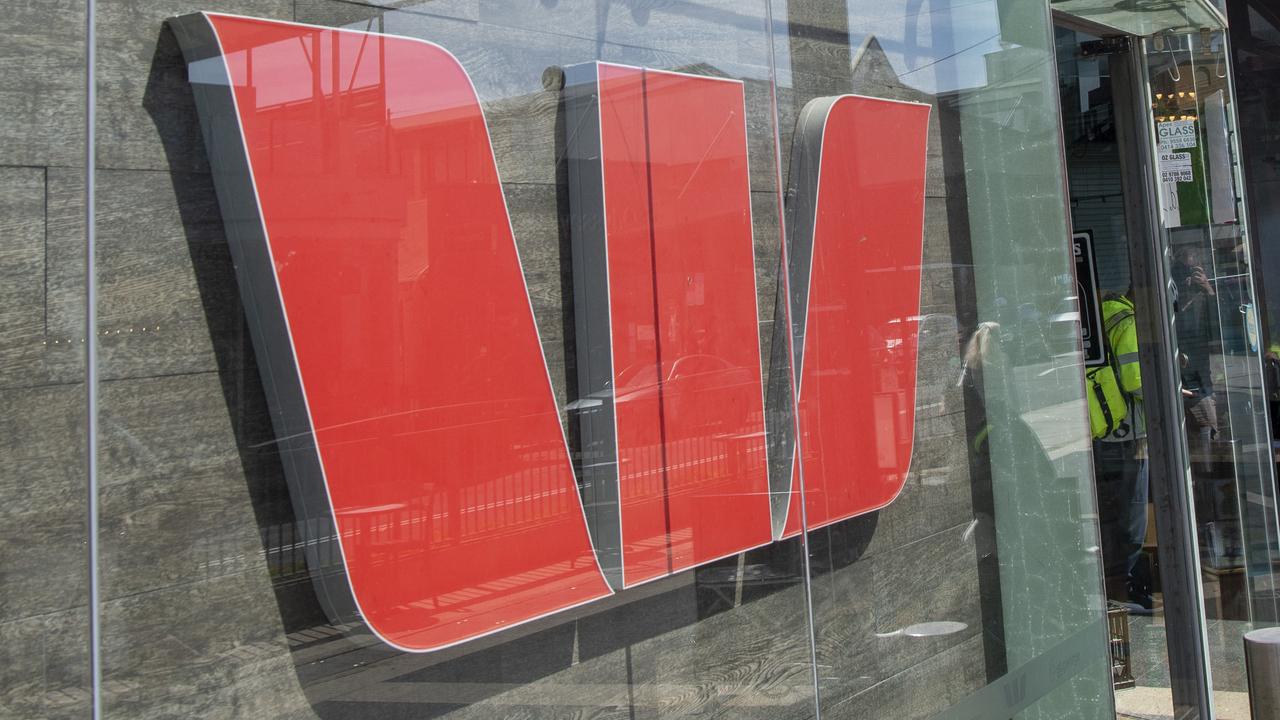More companies are adopting a flat working structure
A MOVEMENT is sweeping offices all over the world that could fundamentally change the way you work. Are you ready for it?
A FLAT stomach is a good thing. Let’s not argue that point.
What’s less widely known is that, in a bizarre case of business imitating bellies, a flat company has become just as en vogue.
As a hip, disruptive alternative to hierarchy — and its dreaded tiers of middle management — flat has been all the rage with high-profile adopters including Google and Toyota over the last decade. But is flat a passing trend? And is there proof to justify the massive pain of reorganisation?
Valve is a trailblazing software developer and maker of computer games like Half-Life and Counter-Strike. It’s also a company with a non-hierarchical structure. As the handbook for new employees states: “Welcome to flatland. We don’t have any management, and nobody reports to anybody else.” To create an environment that fosters innovation, Valve has zero layers of management between staff and owners. Employees wield the power to green-light projects, and individuals choose which jobs to work on. With no bosses or managers, it’s like an anarchist’s dream. But does it work?

“Traditional hierarchy is well suited for improving efficiency, but not for innovating or adapting to change. And the problem is there are multiple industries facing radical change,” says Tim Kastelle, a Princeton alum, University of Queensland professor and world authority on corporate organisational structures. No surprises there. With the inflexibility and waste of company bureaucracy, it’s enough to make any company think twice about org charts.
But don’t hit delete on your existing management model just yet — the success of flat-structured businesses can be determined by your industry, size and even human nature. A recent Stanford study showed people find hierarchical structures easier to understand, and clear chains of command give a sense of comfort.
After all, the idea of centralised decision-making is older than the pyramids. And if you’re at the bottom of the pile, you’re not responsible for anything. However, says Kastelle, “this creates a limited view of what work can be.”

Early adopters like Valve, and web-based hosting service GitHub, have reaped the benefits of a muscular, flat structure — GitHub to the extent that it has no middle managers. Employees are beholden to no one, and are encouraged to define their roles in ways that make sense to them. Before dismissing this as nerdy-hipster nonsense, note as of the last financial year, GitHub had been profitably growing revenue at 300 per cent annually since 2008, and boasts an estimated worth of more than $750m.
But flat is no longer the exclusive realm of supercool start-ups. “It’s not just small companies. Big manufacturing and media companies are trying it for size too,” says Kastelle. “Even the armed forces are looking to disperse decision-making in combat.”
Toyota has also flattened out, avoiding micromanaging employees. And as far as systems go, it’s cashing in. Despite the global recession faced by American companies like General Motors in 2009, Toyota went on to enjoy profits of $16.7bn that year.

And the factors driving change aren’t going away. “Connectedness, both within and from the workplace to the world is a major driver,” says Kastelle. “Ease of connection improves access to knowledge. Business models based on limited access to information are falling to pieces now.”
But there are times when hierarchy is indispensable, as Google discovered in 2002. The internet giant flattened the organisation in an effort to create an environment conducive to swift concept development. The consequences were dire. Instead of making decisions, employees went straight to co-founder Larry Page for a final call. Before two months were up, Page reinstated all managers after a deluge of requests landed on his desk. Kastelle describes this as a colossal bottleneck: “The whole advantage of flat is pushing decision-making out to people who are on the frontline, making them more flexible.”
However, former Valve employee Jeri Ellsworth argues that flat start-ups are missing a key component: “Management makes tough decisions based on facts and carefully collected data, instead of emotional reasons, such as rumours, or whoever can argue the longest.” It seems that within these flat havens of equality exists an Orwellian Animal Farm scenario where some employees are actually more equal than others.

So, if the modern workplace is fluid and connected, why are so many companies still unwilling to trim back unnecessary fat at different levels of management? Kastelle has a few theories. “If only a handful of people can be trusted to make decisions, or if information is scarce, then hierarchy works well. But the purposes and structures of companies are starting to shift as quickly as the business cultures around them.”
However, experts say it’s only a matter of time before more lean structures better suited for the digital age take hold.
Have a look at your manager and console yourself with this thought: in a decade, they might not exist. And prepare yourself for autonomous roles that require more decision-making and innovation. For now though, the impatient among us can seek out the early adopters already travelling flat out. As novelist and future forecaster William Gibson stated, “the future’s already here — it’s just not very evenly distributed”.
This article originally appeared in the June/July issue of GQ, which is on sale now.




